The most eye-catching and colourful wildlife experiences in the world
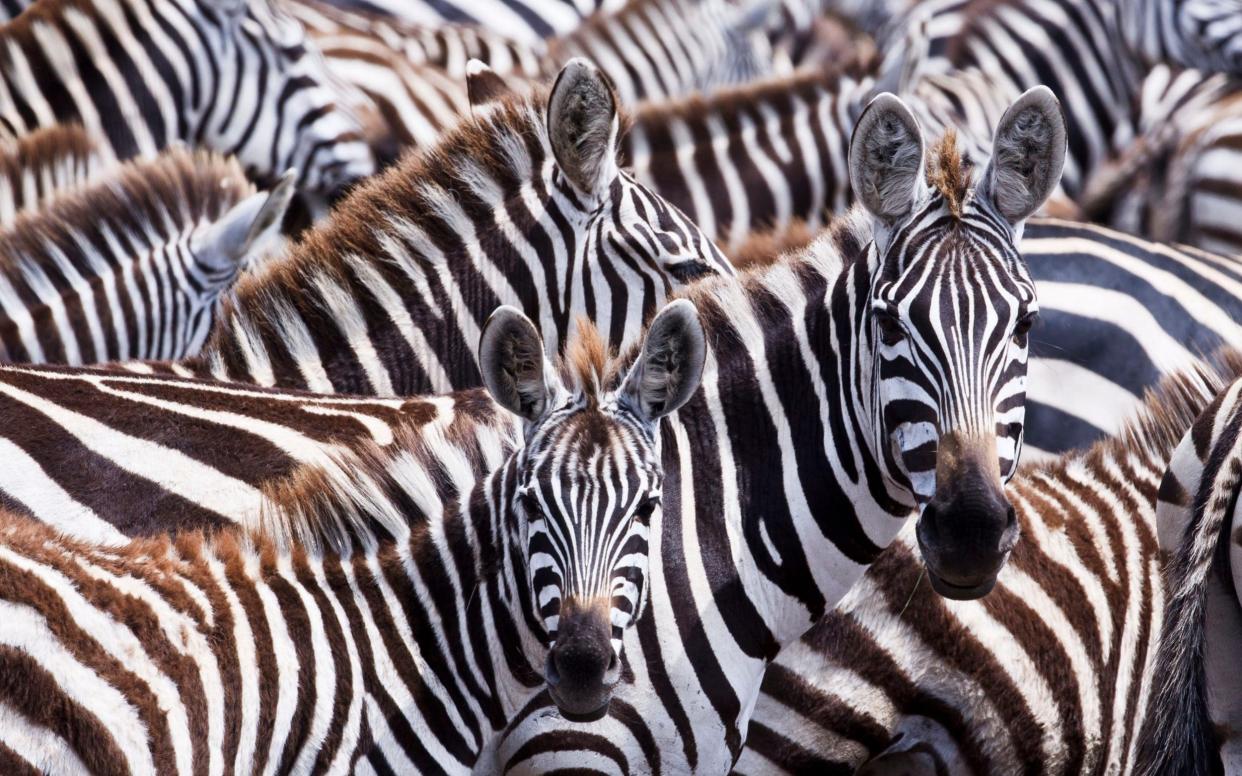
In the early days of his career, Sir David Attenborough was desperate to make a series about animals and their use of colour, but the restraints of black and white television put his innovative idea on hold. Several decades and multiple technological advances later, the natural history veteran has finally been granted his wish with a BBC One two-part series, Attenborough’s Life in Colour, starting tonight at 7pm.
From the kaleidoscopic canopies of Costa Rica’s rainforests to the perfectly pristine backdrops of snowy Scotland, the programmes decipher nature’s most dazzling displays. Some creatures use colour as a camouflage, while others prefer to stand out from the crowd by warning predators to stay away. On occasion, bright attire can signify status and dominance. Universal to all species, good looks are also a useful tactic for attracting a mate.
Colour communicates messages, but more than anything it is a marvel. Fashion designers, interior decorators and artists continually copy from nature, pillaging pelt prints and recreating exotic hues. Post-pandemic, trendsetters are predicting an age of maximalism, a celebration of all things bright and bold as we emerge from months of dull and dreary monotony. And there is no better place to worship the colour wheel than in the natural world.
Inspired by the series, we have created our own Pantone palette of wildlife’s greatest spectacles. Blinding, occasionally baffling but always beautiful, they guarantee a visual delight.
1. A rose pink haze of Andean flamingos
Preening their feathery tutus like a troupe of ballerinas, flamingos are enduringly elegant. Covering a colour spectrum from candyfloss to crimson, they always look pretty in pink. See them en masse and it’s easy to understand why the spindly legged birds are collectively known as a flamboyance – especially when they engage in an unconventional courtship dance. Synchronised head flagging is a cue for an impressive group march involving a combination of moves, ranging from head-turning to wing-flapping and a “bottoms up” flashy display.
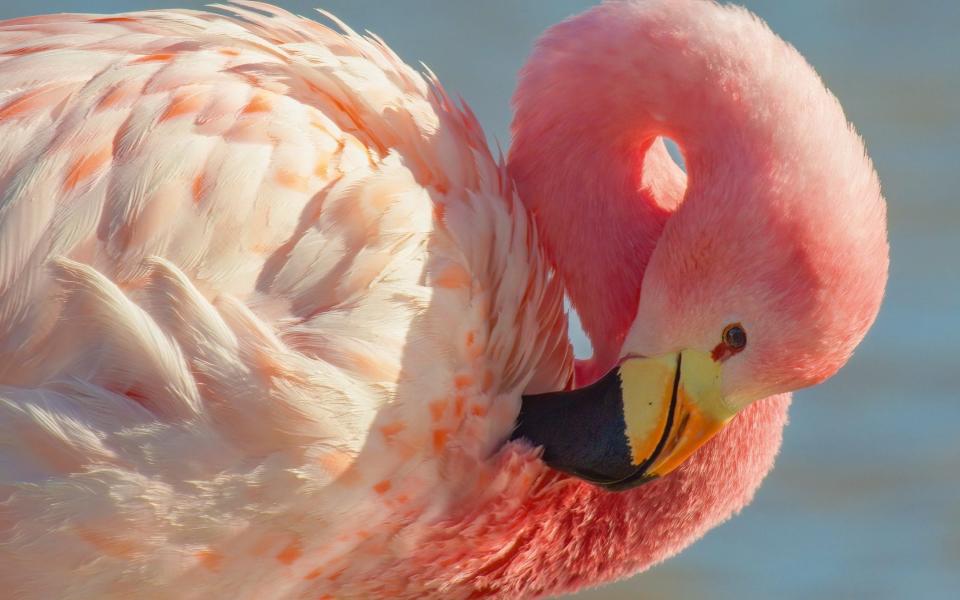
But only the most brightly attired performers are given a place on the stage, depending on how pink their plumage has become. Exhausted mothers, whose pigments have drained from rearing chicks, must spend time eating algae to get their distinctive blush back. A scientific study in Spain even suggested the vain birds might be applying make-up in the form of oil secreted from glands in tail feathers, which helps dye plumes.
Find Andean flamingos hotfooting across the salt pans of Chile’s Atacama Desert, where high-altitude blue skies present a fitting backdrop. Or head across the border to Bolivia’s Laguna Colorada for an even greater spectacle as birds skim across a scarlet-hued volcanic lagoon rich in minerals and algae, described by indigenous communities as the blood of gods. Although the timing of courtship dances depends on climatic conditions, December to February is usually your best bet.
Cox & Kings (020 3813 2966; coxandkings.co.uk) offers a 16-night Journey Through the Andes group tour from £3,900 per person, including international flights. Departs Sept 9 and Oct 7 2021.
2. An amber array of monarch butterflies
Prized by Victorian collectors and displayed in glass cabinets, butterflies are almost too attractive to be called insects. Decorated with abstract patterns in brilliant shades, their gossamer wings are works of art. Numerous writers and poets, meanwhile, have used the brevity of butterflies’ lifespans as an allegory for how ephemeral beauty can be.
If watching an individual flit past is aesthetically pleasing, getting caught in the midst of a butterfly storm is a trippy, kaleidoscopic dream. Every year, 20 million monarch butterflies embark on an epic migration from Canada and the United States, travelling 3,000 miles to the oyamel fir tree forests of the state of Michoacan in Mexico. Arriving in early November when Day of the Dead celebrations take place, they were once considered to be the souls of spirits taking flight, and even today their epic journey is cloaked in mystery.
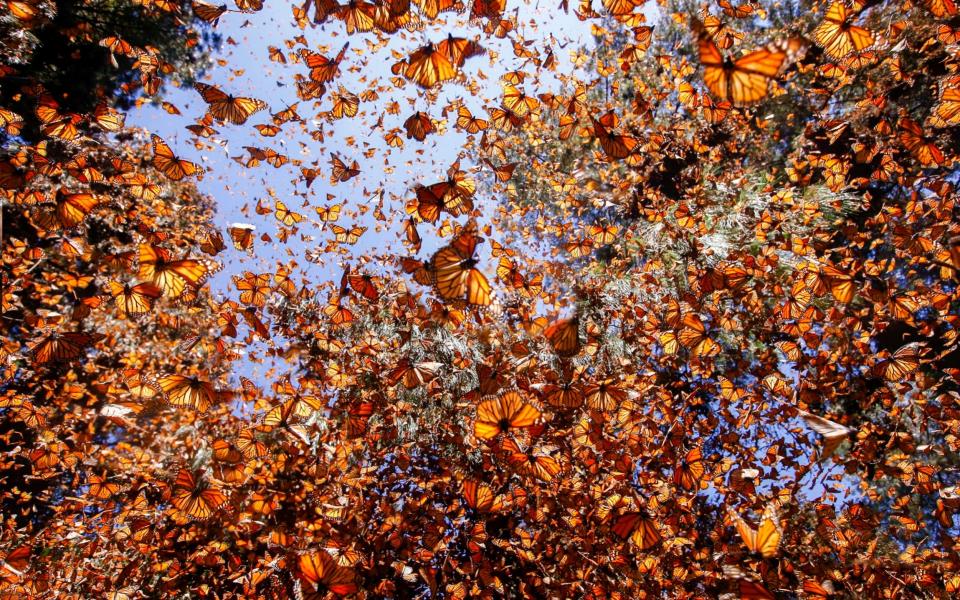
Although monarchs typically live for only a few weeks, a super generation with a nine-month lifespan can make the trip south to breed, passing on genetic data to their progeny, which allows future generations to navigate a similar path. Two reserves, El Rosario and Sierra Chincua, are open to visitors who want to witness the phenomenon. Arrive early to find butterflies clinging to tree trunks or come later in the season to watch them flutter like amber confetti, illuminating the forest canopy.
Wildlife Worldwide (01962 302086; wildlifeworldwide.com) can tailor-make a 10-day Monarch Butterfly Migration and Humpback Whales tour from £5,695 per person, including international flights.
3. A lime green army of red-eyed frogs
Few places celebrate colour quite like Costa Rica, where a rainbow cascade of insects, birds and reptiles accounts for 6 per cent of our planet’s biodiversity. Whether cruising along the Pacific and Caribbean coastlines or hiking through rainforests, every scene is painted in an artist’s palette of vibrant hues. Scarlet macaws streak the canopy in a bright red blaze, toucans poke through foliage with banana-yellow bills, and whales splash the horizon in a fanfare of magnificent blue flukes.
But even the tiniest creatures can create an impression, including several different species of frogs. Most striking of all is the poison dart frog, whose alarming attire warns potential predators to keep clear. Toxic to touch, some are the size of a fingernail, although they easily stand out on the forest floor. One black and yellow striped variety even resembles a chemical hazard sign. More approachable are the country’s iconic red-eyed tree frogs, whose lime green bodies are decorated with teal legs and orange toes. Changing colour according to their mood, they can also turn dark green or auburn.
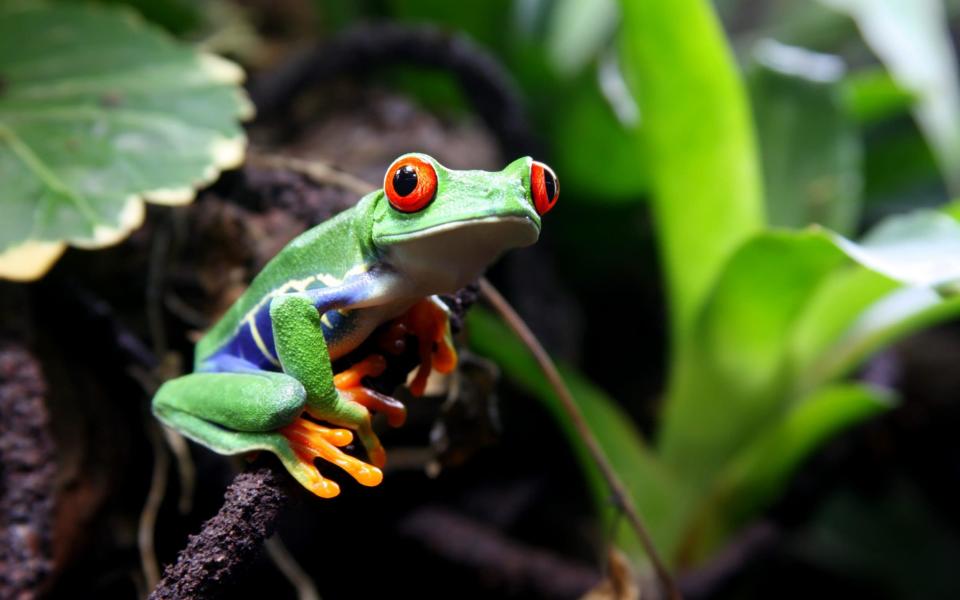
But even colour isn’t a strong enough survival mechanism for some situations. Many amphibian species are disappearing as a result of pollution and climate change, leading to the development of several awareness-raising frog-friendly tours. Shining like jewels, some frogs can only be seen in the dark while others are active during the day.
Families Worldwide (01962 302062; familiesworldwide.co.uk) can tailor-make a 12-day Complete Costa Rica tour from £1,999 per adult and £899 per child, excluding international flights.
4. A golden flash of birds of paradise
David Attenborough’s lifelong love affair with birds of paradise – arguably the brightest fliers of them all – was sparked in the forests of New Guinea more than 50 years ago. There are multiple species of these exotic avian acrobats, all blessed with their own behavioural quirks, unique dance moves and inimitable costumes.
Perhaps the most impressive is the magnificent, which illuminates the dense forest with his golden-yellow wings and emerald breast shield, flaunting his finery as part of an impressive dance show to impress a mate. Clearing the ground of any distractions or clashing colours, he creates a platform to shine and makes use of any available saplings as a suitable podium pole. Watching from above, his critical audience gives her verdict, delivering harsher scores than a Strictly Come Dancing judge.
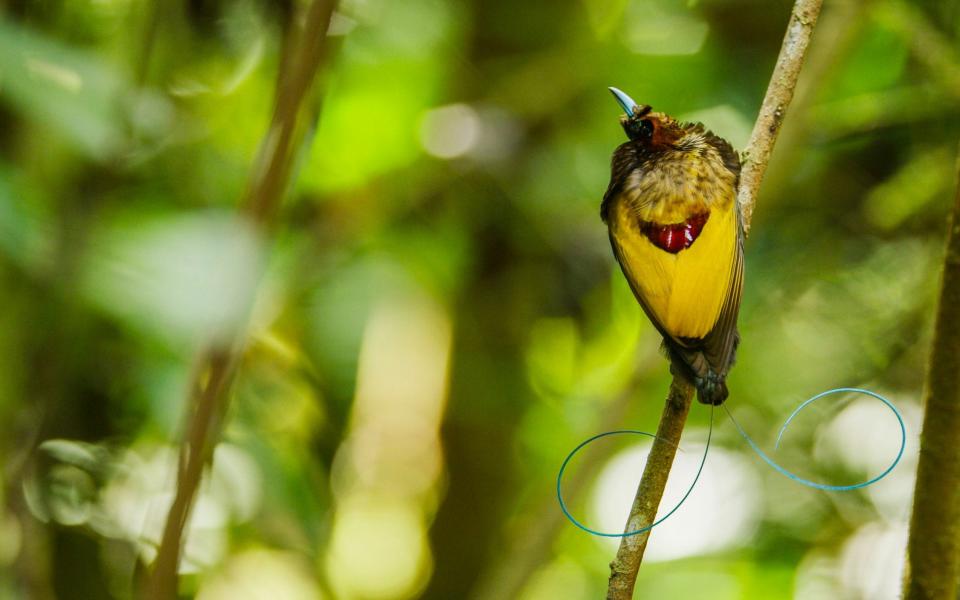
Found displaying mainly in the mountains of West Papua, the magnificent can be tricky to track down. More accessible birds of paradise reside in neighbouring Papua New Guinea (part of the same island), including the blue, with its shimmering sapphire wings, and the king of Saxony, which wears an extraordinary crown of feathery streamers. Searching for any of the birds requires sunrise treks through tangled rainforest and hours spent craning necks, proving that paradise isn’t always easy to find.
Reef & Rainforest (01803 866965; reefandrainforest.co.uk) can tailor-make a 15-day Papua New Guinea Off the Beaten Track tour from £6,540 per person, including international flights.
5. A monochrome march of zebra
In the early days of their development, most mammals were nocturnal. There was no need for colour, which explains why most megafauna are a dull grey or brown. One exception is the zebra, whose colour scheme has inspired pedestrian crossings worldwide. According to Rudyard Kipling, zebra “grew stripey” with “the slippery-slidy shadow of the trees falling on them”, but scientists have a host of theories. Some say the linear look is used to detract flies, while others think alternate black and white patches help regulate temperature. The latest and most appealing explanation suggests the simple stripes are used to create a confusing “motion dazzle”, preventing colour-blind predators from locking on to their target.
Whatever the reason, watching hundreds of zebra gallop across the plains is certainly mesmerising and a common sight during their mass migration across Botswana’s Makgadikgadi Pans. Travelling from Moremi and the Okavango Delta, 15,000 of the African equines follow rains hitting the country’s remote salt pans in December, feeding on surrounding nutritious grass areas until February. These routes were temporarily blocked by fences to keep lions away from cattle, but the revival of Botswana’s zebra migrations is proof that animals’ ancestral paths can be recovered.
Natural Selection (0027 21 001 1574; naturalselection.travel) offers a seven-night safari to witness the zebra migration in the Makgadikgadi, staying at Camp Kalahari and Meno a Kwena plus two nights in the Okavango Delta, from £2,202 per person, excluding international flights.
Attenborough’s Life in Colour, a two-part series for BBC One, starts tonight at 7pm.
Overseas holidays are currently subject to restrictions.

